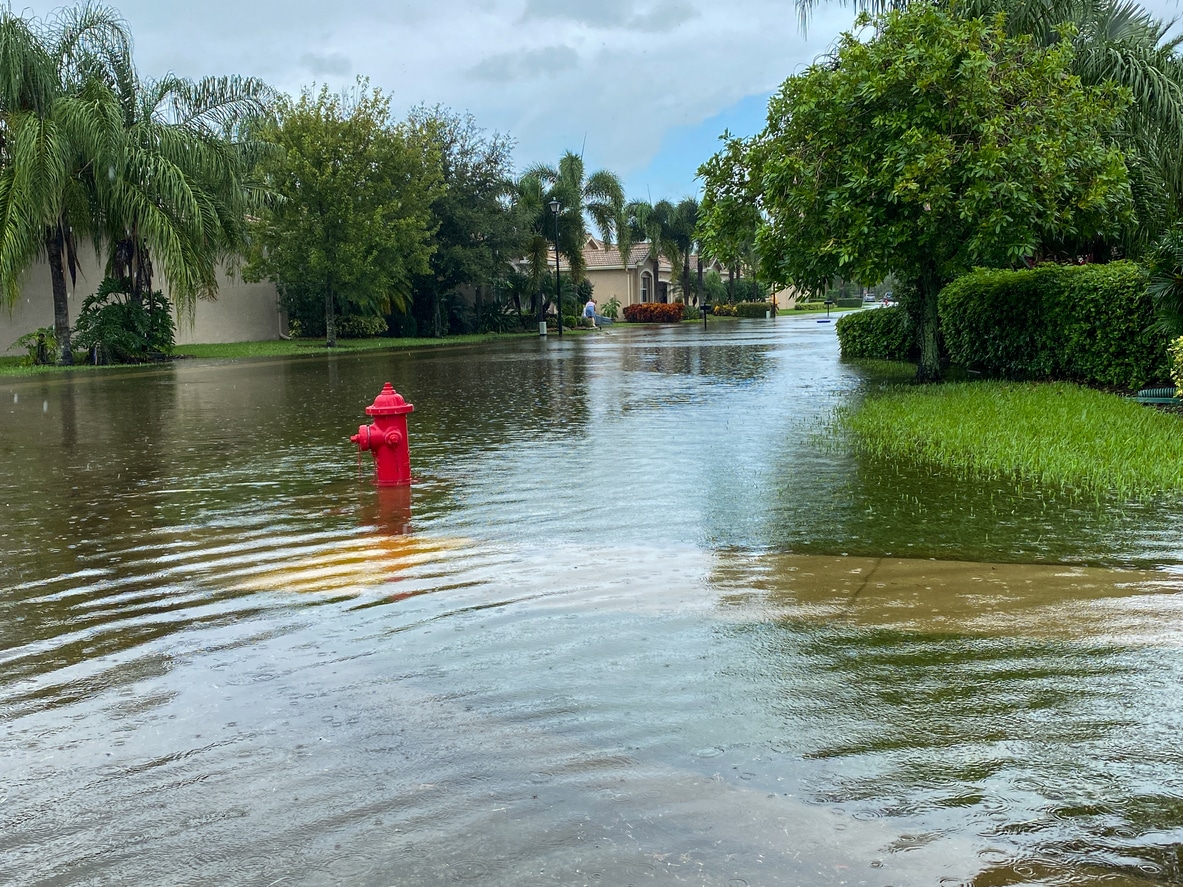As Florida recovers from the devastation of hurricanes Helene and Milton, new construction continues in flood-prone areas. Developments like La Linda Estates, built on a barrier island near where Milton made landfall, reflect a concerning trend. Florida has added 77,000 new homes in high-risk flood zones since 2019, the most in the nation, according to an analysis by First Street Foundation.
Rising Insurance Costs Following Natural Disasters
The surge in construction is driving tension between real estate developers, insurers, and lenders. As new homes go up in vulnerable areas, insurance claims skyrocket. Insured losses from Helene and Milton are projected to reach between $40 billion and $75 billion, according to Morningstar DBRS. These massive payouts are leading insurers to hike premiums and pull back on coverage, putting pressure on homeowners and businesses alike.
National Trends Mirror Florida’s Challenges
Florida isn’t the only state facing these risks. Since 2019, 290,000 homes have been built in high-risk flood zones across the U.S., representing nearly one in five new properties. Texas, California, and North Carolina have also seen significant construction in flood-prone areas, further amplifying concerns within the insurance industry.
Developers Build Just Outside Official Flood Zones
One alarming factor is that many new homes are being built just outside of FEMA-designated flood zones. These areas, while still at high risk for flooding, are not subject to the same insurance and construction requirements. First Street Foundation found that more than half of Florida’s high-risk properties fall outside of FEMA’s official flood zones, leaving homeowners vulnerable without mandatory flood insurance or tougher building codes.
Insurers Struggle with Mounting Losses
The insurance industry is already facing significant financial strain. Home insurers have reported more than $32 billion in underwriting losses over the last four years, leading to premium increases that show no signs of slowing down. Morningstar warns that rates “have nowhere to go but up” as insurers attempt to recoup their losses from natural disasters.
Lenders, Developers Urged to Take Responsibility
Experts say the real estate and lending sectors need to take a more active role in assessing long-term risks. Robert Gordon of the American Property Casualty Insurance Association points out that while lenders are financially tied to properties for decades, insurers have the flexibility to adjust rates every six to 12 months. He argues that lenders are in the best position to ensure the long-term risks are being properly considered, but often this isn’t happening.
Calls for Updated Building Codes
Some industry leaders are calling for stricter building regulations in response to increasing risks. Trevor Burgess, CEO of Neptune Flood, suggests raising construction standards in flood-prone areas, even those outside official flood zones. Burgess, who evacuated from his home in St. Petersburg ahead of Milton, notes that sea levels in the area have risen nearly a foot since he was born.
The Future of Real Estate in High-Risk Areas
As climate change accelerates, the real estate industry must adapt to growing risks. Developers, insurers, and lenders are now at a crossroads. Without stronger regulations and more accurate flood maps, the gap between risk and protection will continue to widen, leaving homeowners exposed and insurers scrambling to cover the costs of an increasingly volatile landscape.













